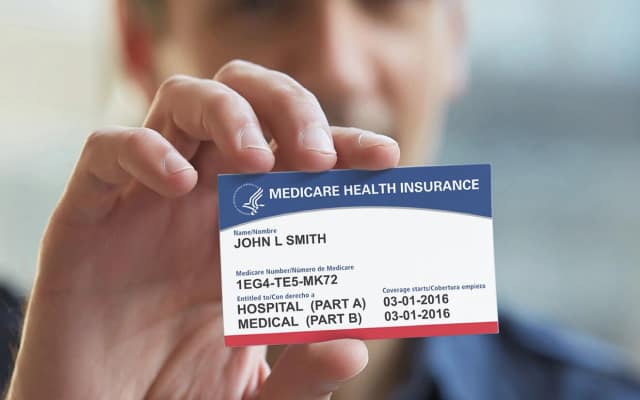Learning Medicare in 2022 can seem like an unknown language. If it does, know you are not alone. Medicare is the federal health insurance program for those 65 and older. You can also qualify under 65, depending on the situation. However, Medicare works differently compared to employer coverage or individual plans. That’s why researching Medicare before you are eligible is crucial. You will want a good grasp of Medicare before enrolling because you could face penalties in the future. It’s common for people to ask Medicare questions even when enrolled. If you have questions, you can find more answers about Medicare here.
As you begin your research, start with these five key facts about Medicare.
You Can Get Medicare Under 65
Many people think you can only get Medicare once you are 65 or older. Although Medicare is available to those 65 and older, you can qualify for Medicare before 65. However, there are specific circumstances, such as:
- Have received Social Security Disability Income for at least 24 months.
- Have End-Stage Renal Disease that requires dialysis, or you are waiting for a kidney transplant.
- Have Amyotrophic Lateral Sclerosis (ALS).
In addition to having one of those three situations, you must be a U.S. citizen or a permanent resident for at least five consecutive years to qualify for Medicare.
When you qualify for Medicare early, you will automatically be enrolled in Parts A and B. However, you will need to enroll yourself in the additional plans as those are provided by private insurance companies.
Having Employer Insurance
You can delay Medicare if you are covered by creditable coverage. When you are under 65, creditable coverage is employer insurance with 100 or more employees. However, it must be based on active employment, which means you or your spouse must be actively working for that employer for it to be creditable.

You Can Pay More for Medicare Part B and D
Did you know your Medicare Part B and D premiums are based on your income? Each year, Social Security evaluates your income to determine which income bracket you fall under. There are a total of six brackets. The lowest bracket means you will pay the standard base premium of $170.10 in 2022.
However, if you fall into the highest bracket, you could pay as much as $578.30 in 2022. When you pay more than the standard base premium, this additional amount is called IRMAA, which stands for income-related monthly adjustment amount.
Social Security uses your modified adjusted gross income from two years prior to determine what you will pay in the current year. If your income changes during that time, you can appeal the IRMAA surcharge.
You Can Delay Medicare Past 65
You do have the option to delay Medicare past 65. However, you or your spouse must be actively working for an employer with 20 or more employees, and that insurance must cover you to avoid the late enrollment penalty. If you are not covered by large employer insurance, you will want to enroll in Medicare during your Initial Enrollment Period that surrounds your 65th birthday month.
When you are covered by large employer insurance, you will qualify for a Special Enrollment Period once you come off that insurance. A Special Enrollment Period is an 8-month window from the day you lose employment or coverage (whichever happens first). During that time, you can apply for Medicare without a late enrollment penalty.
The Annual Election Period is Not for Medigap Plans
Many people hear of the Annual Election Period (AEP), often called the Fall Open Enrollment. This enrollment window is from October 15 – December 7. You will likely see Medicare commercials on the T.V. during this time of year.
The AEP is a window that allows you to enroll, disenroll, or switch your Advantage plan or Part D plan. Many people mistakenly think they can change their Medigap plan during this window without undergoing medical underwriting. However, this enrollment window is not for Medigap plans.
Whenever you are past your Medigap Open Enrollment window, you’ll need to answer health questions to apply for a Medigap policy. Some states have exceptions, so you’ll want to research the rules in your state on when you might be able to change plans without underwriting.
Your Medigap Open Enrollment Period is 6-months
Every Medicare beneficiary has a one-time Medigap Open Enrollment Period. Once a Part B effective date is confirmed, you will have 6-months from that effective date to enroll in a Medigap plan without answering health questions. You can also change your Medigap policy to a different one within that window, and you would not have to answer health questions.
After that window, you’ll need to answer health questions, and if that happens, you could be denied a Medigap plan depending on your health conditions.
Final point
Once you start Medicare, your journey does not end there. Every year plans and costs change. Therefore, having a reputable broker that helps you after your policy is effective can be very beneficial, so you’re never alone when dealing with Medicare.



